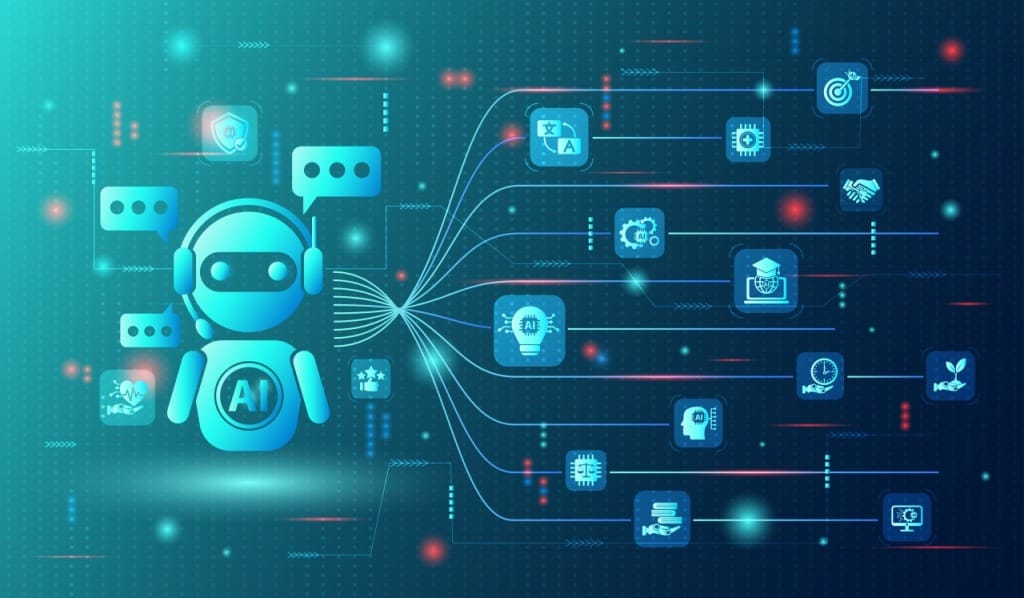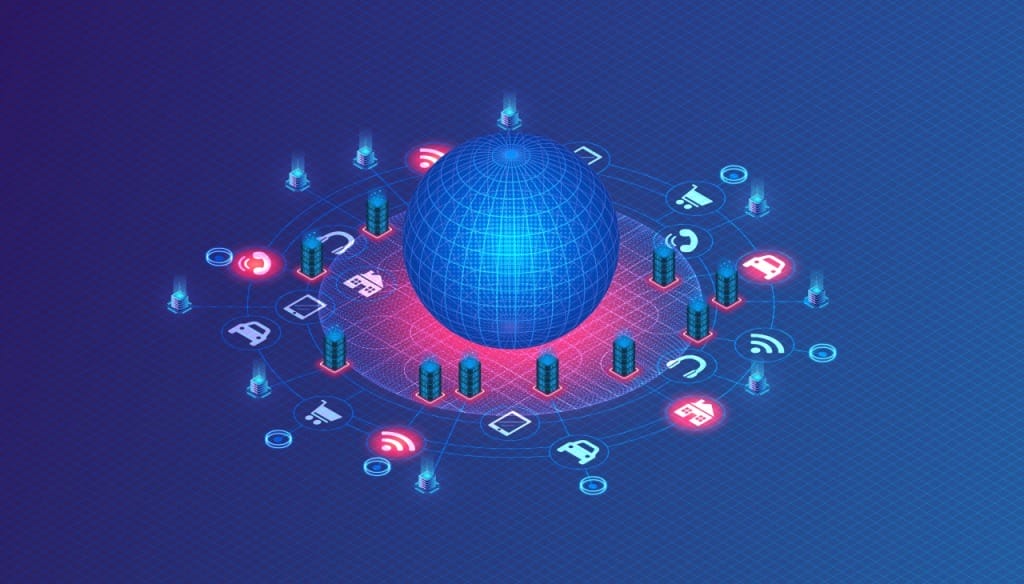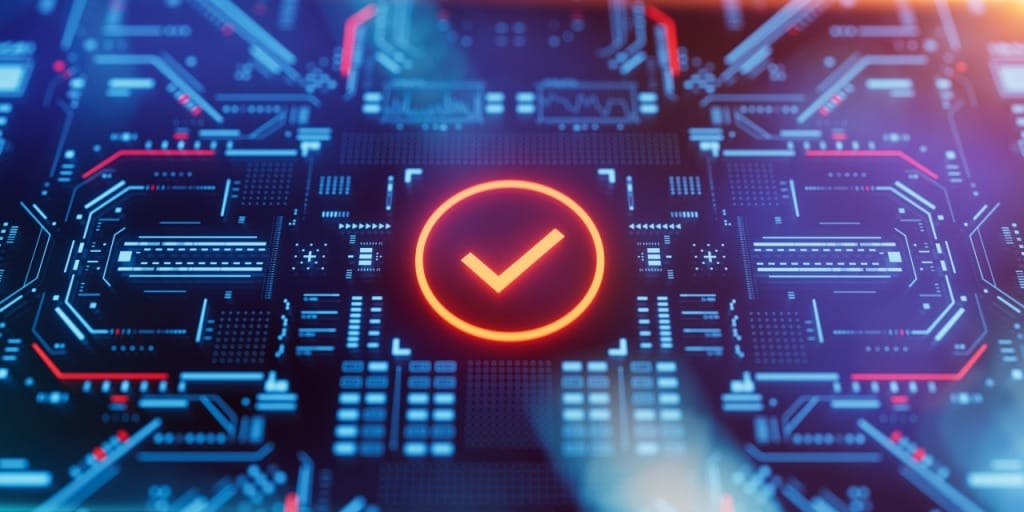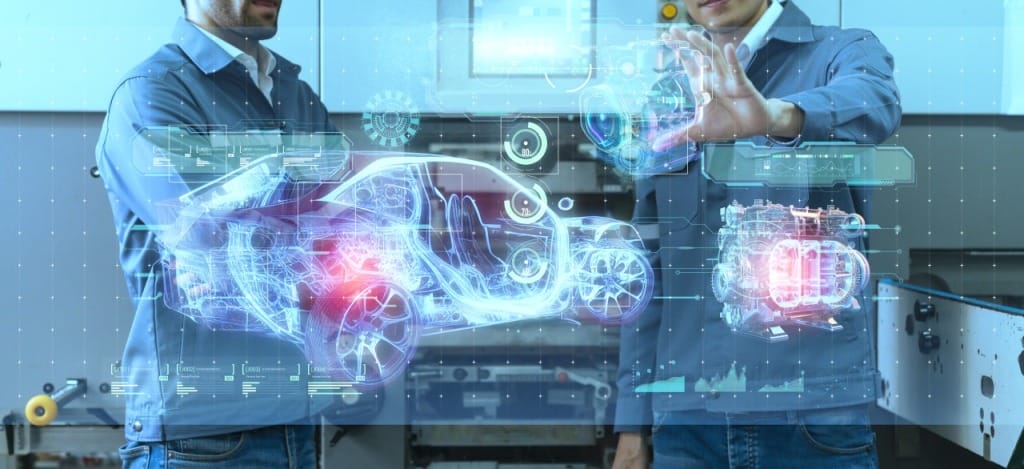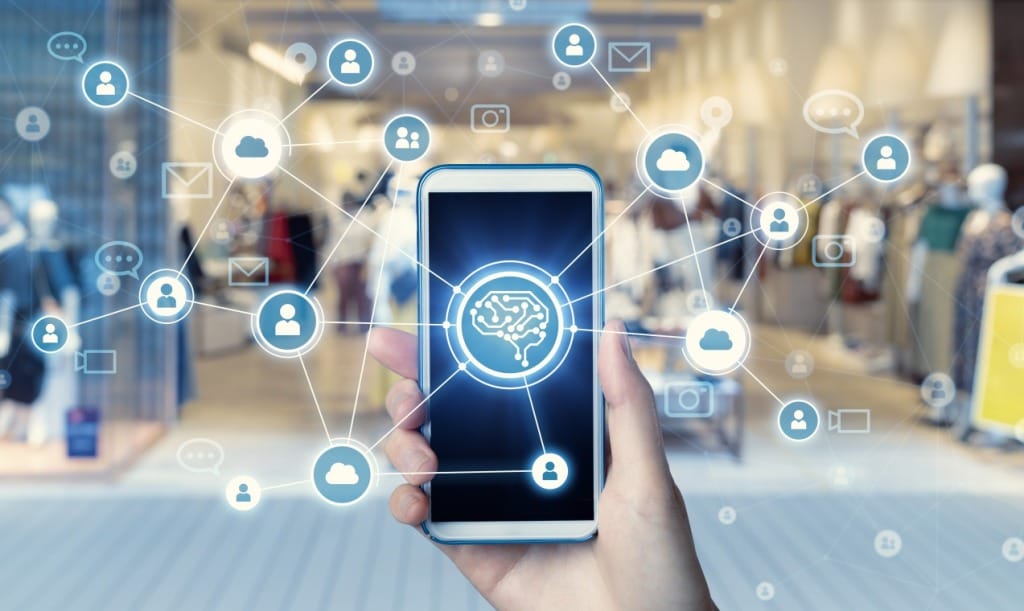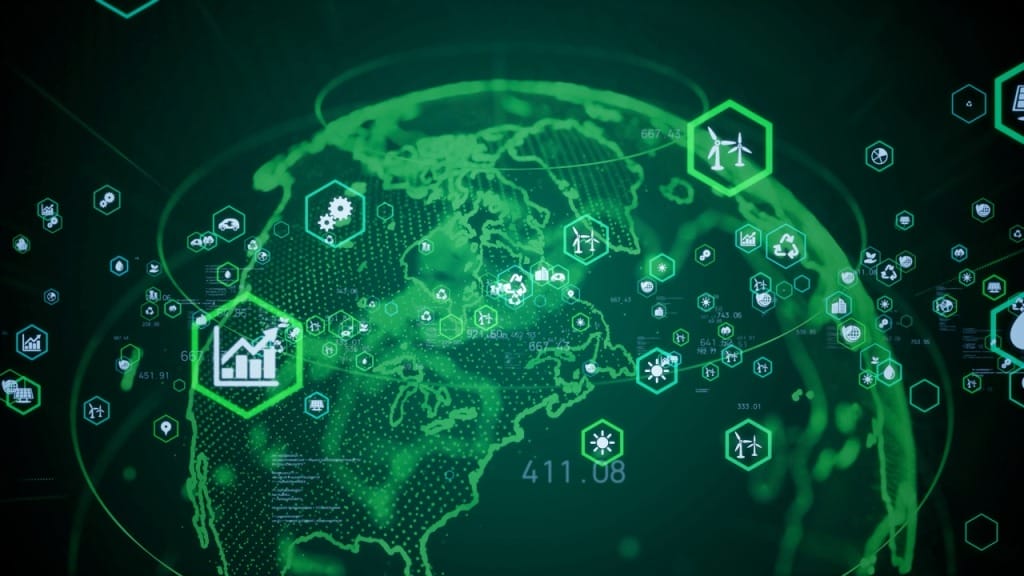The Rise of AI Agents: A New Layer in the Software Stack
The future of AI agents points toward a fundamental shift: from apps to agents as the primary interface. Traditional applications may transition from fixed UI flows to agent-driven interfaces where users simply state their intent, and the agent handles the rest—blurring the line between front-end and backend.
The Rise of AI Agents: A New Layer in the Software Stack Read More »


